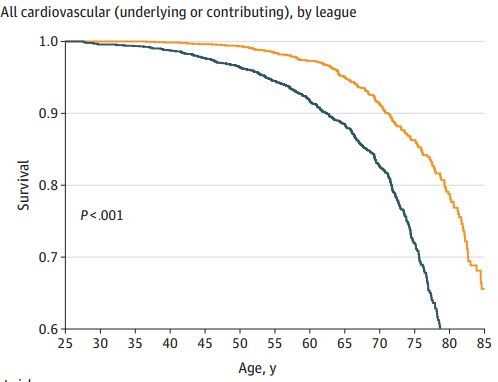Fewer drugs needed after cardiac surgery if higher levels of vitamin D (Chinese children)
Preoperative Vitamin D Deficiency Is Associated With Higher Vasoactive-Inotropic Scores
Following Pediatric Cardiac Surgery in Chinese Children
Front Pediatr. 2021 Jul 28;9:671289. doi: 10.3389/fped.2021.671289
Xiuxia Ye 1 2, Shumei Dong 1, Yujiao Deng 1, Chuan Jiang 3, Yanting Kong 1, Lili Tang 1, Yanlin Wang 4, Fei Bei 1, Haifa Hong 3

📄 Download the PDF from VitaminDWiki
The relationship between vitamin D and cardiovascular health in children remains unclear. Vitamin D deficiency (VDD) is supposed to be a potential risk factor associated with poorer outcomes after congenital heart disease (CHD) surgery. The maximum vasoactive-inotropic use after cardiac surgery is considered to be a good predictor of adverse outcomes. We aimed to assess the correlation between preoperative VDD and the maximum vasoactive-inotropic score (VISmax) at 24 h postoperatively. Nine hundred children with CHD were enrolled in this study, and preoperative total serum 25-hydroxyvitamin D [25(OH)D] concentrations were measured by liquid chromatography-tandem mass spectrometry. Related demographic and clinical characteristics were collected. A total of 490 boys (54.4%) and 410 girls (45.6%) with a mean age of 1 year (range: 6 months-3 years) were enrolled. The median 25(OH)D level was 24.0 ng/mL, with 32.6% of patients having VDD [25(OH)D < 20 ng/mL]. The univariate analysis indicated that VDD [odds ratio (OR): 2.27; 95% confidence interval (CI): 1.48-3.50] is associated with a risk of increased VISmax at 24 h postoperation.
Multivariate analysis revealed that VDD (OR: 1.85; 95% CI: 1.09-3.02), a Risk-adjusted Congenital Heart Surgery score of at least three points (OR: 1.55; 95% CI: 1.09-2.19), and cardiopulmonary bypass time (OR: 1.02; 95% CI: 1.01-1.02) were independently associated with an increased VISmax within 24 h after cardiac surgery. VDD in pediatric patients before cardiac surgery is associated with the need for increased postoperative inotropic support at 24 h postoperation.
